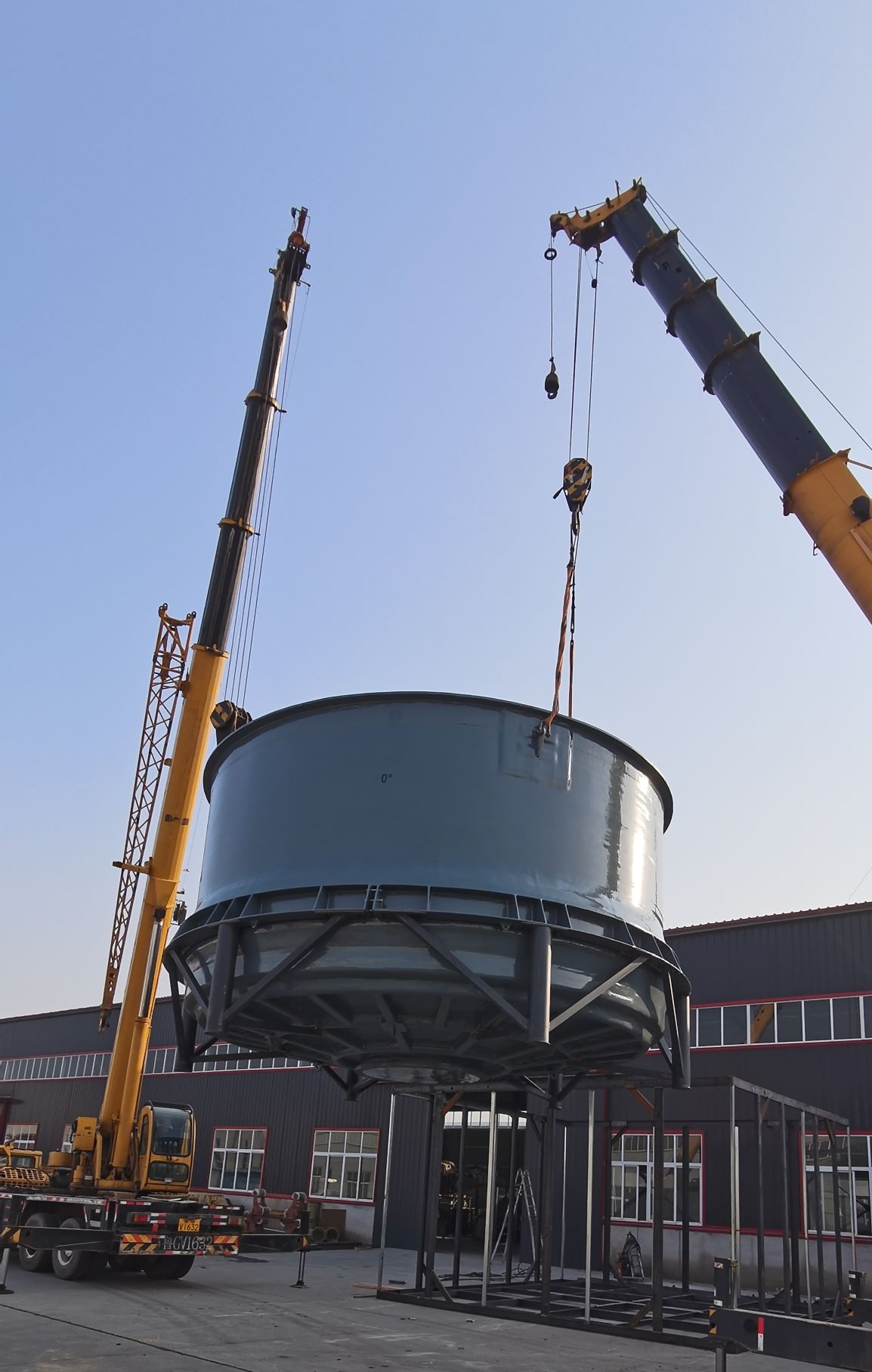
-
 Afrikaans
Afrikaans -
 Albanian
Albanian -
 Amharic
Amharic -
 Arabic
Arabic -
 Armenian
Armenian -
 Azerbaijani
Azerbaijani -
 Basque
Basque -
 Belarusian
Belarusian -
 Bengali
Bengali -
 Bosnian
Bosnian -
 Bulgarian
Bulgarian -
 Catalan
Catalan -
 Cebuano
Cebuano -
 China
China -
 China (Taiwan)
China (Taiwan) -
 Corsican
Corsican -
 Croatian
Croatian -
 Czech
Czech -
 Danish
Danish -
 Dutch
Dutch -
 English
English -
 Esperanto
Esperanto -
 Estonian
Estonian -
 Finnish
Finnish -
 French
French -
 Frisian
Frisian -
 Galician
Galician -
 Georgian
Georgian -
 German
German -
 Greek
Greek -
 Gujarati
Gujarati -
 Haitian Creole
Haitian Creole -
 hausa
hausa -
 hawaiian
hawaiian -
 Hebrew
Hebrew -
 Hindi
Hindi -
 Miao
Miao -
 Hungarian
Hungarian -
 Icelandic
Icelandic -
 igbo
igbo -
 Indonesian
Indonesian -
 irish
irish -
 Italian
Italian -
 Japanese
Japanese -
 Javanese
Javanese -
 Kannada
Kannada -
 kazakh
kazakh -
 Khmer
Khmer -
 Rwandese
Rwandese -
 Korean
Korean -
 Kurdish
Kurdish -
 Kyrgyz
Kyrgyz -
 Lao
Lao -
 Latin
Latin -
 Latvian
Latvian -
 Lithuanian
Lithuanian -
 Luxembourgish
Luxembourgish -
 Macedonian
Macedonian -
 Malgashi
Malgashi -
 Malay
Malay -
 Malayalam
Malayalam -
 Maltese
Maltese -
 Maori
Maori -
 Marathi
Marathi -
 Mongolian
Mongolian -
 Myanmar
Myanmar -
 Nepali
Nepali -
 Norwegian
Norwegian -
 Norwegian
Norwegian -
 Occitan
Occitan -
 Pashto
Pashto -
 Persian
Persian -
 Polish
Polish -
 Portuguese
Portuguese -
 Punjabi
Punjabi -
 Romanian
Romanian -
 Russian
Russian -
 Samoan
Samoan -
 Scottish Gaelic
Scottish Gaelic -
 Serbian
Serbian -
 Sesotho
Sesotho -
 Shona
Shona -
 Sindhi
Sindhi -
 Sinhala
Sinhala -
 Slovak
Slovak -
 Slovenian
Slovenian -
 Somali
Somali -
 Spanish
Spanish -
 Sundanese
Sundanese -
 Swahili
Swahili -
 Swedish
Swedish -
 Tagalog
Tagalog -
 Tajik
Tajik -
 Tamil
Tamil -
 Tatar
Tatar -
 Telugu
Telugu -
 Thai
Thai -
 Turkish
Turkish -
 Turkmen
Turkmen -
 Ukrainian
Ukrainian -
 Urdu
Urdu -
 Uighur
Uighur -
 Uzbek
Uzbek -
 Vietnamese
Vietnamese -
 Welsh
Welsh -
 Bantu
Bantu -
 Yiddish
Yiddish -
 Yoruba
Yoruba -
 Zulu
Zulu
Techniques and Strategies for Efficient Insertion of Rock Bits in Drilling Operations
Inserting Rock Bits Techniques and Strategies for Efficient Drilling
The drilling industry plays a crucial role in the extraction of natural resources, and one of the key components that significantly affects drilling efficiency is the rock bit. Rock bits are cutting tools used to penetrate the earth's crust, facilitating the extraction of oil, gas, and minerals. Selecting and inserting the right rock bit for specific geological conditions is essential for maximizing productivity and minimizing costs. This article outlines various techniques and strategies for the efficient insertion of rock bits into drilling operations.
Understanding Rock Bits
Before delving into insertion techniques, it is essential to grasp the different types of rock bits available. The most common types are roller cone bits, fixed cutter bits, and polycrystalline diamond compact (PDC) bits. Roller cone bits, with their rotating cones, are effective for harder formations, while fixed cutter bits are designed for soft to medium-hard formations. PDC bits are known for their durability and efficiency, making them a preferred choice in various conditions.
Selection of Rock Bits
The first step in the drilling process is selecting the appropriate rock bit based on the geological conditions and drilling objectives. A thorough geological survey is critical to identify the rock types, formations, and their mechanical properties. Depending on these factors, drillers can opt for bits with specific features, such as varying tooth shapes, sizes, and arrangements. Proper selection not only enhances drilling efficiency but also prolongs the life of the bit, resulting in cost savings.
Advanced Insertion Techniques
Once the appropriate rock bit is selected, the insertion process comes into play. Here are several advanced techniques that can enhance the efficiency of inserting rock bits
inserting rock bits techniques and strategies for efficient ...

1. Optimizing Bit Weight and Torque Properly adjusting the weight on the bit and the torque applied during the insertion process is crucial. Excessive weight can lead to bit failure, while insufficient weight can impede penetration. A balance must be achieved based on the formation and the bit type.
2. Controlled Rate of Penetration (ROP) Monitoring and controlling the rate at which the bit penetrates the rock is vital. A targeted ROP maximizes efficiency by ensuring that the bit does not wear out prematurely. Utilizing electronic drilling technologies can help in maintaining the desired ROP.
3. Fluid Management The drilling fluid plays an instrumental role in the insertion of rock bits. Using the right viscosity and density helps in cooling the bit, suppressing formation pressure, and transporting cuttings away from the bit. Optimizing the fluid system can enhance overall drilling performance.
4. Vibration and Shock Mitigation Implementing technologies to reduce vibration and shock during drilling can improve bit life and performance. Tools such as shock absorbers and dampers can help maintain stability, ensuring effective contact between the bit and the rock.
5. Regular Monitoring and Adjustments Continuous monitoring of drilling parameters allows for real-time adjustments. This data-driven approach enables operators to make informed decisions, optimizing the insertion process as conditions change.
Conclusion
Inserting rock bits efficiently is an integral part of successful drilling operations. By understanding rock bit types, making informed selections, and employing advanced insertion techniques, drilling professionals can significantly enhance their operations. The combined efforts of optimizing weight, controlling penetration rates, managing fluids, mitigating vibrations, and continuously monitoring performance form a strategic framework for improving drilling efficiency. As the demand for natural resources continues to grow, mastering these techniques will be essential for meeting industry challenges and ensuring sustainable resource extraction.









